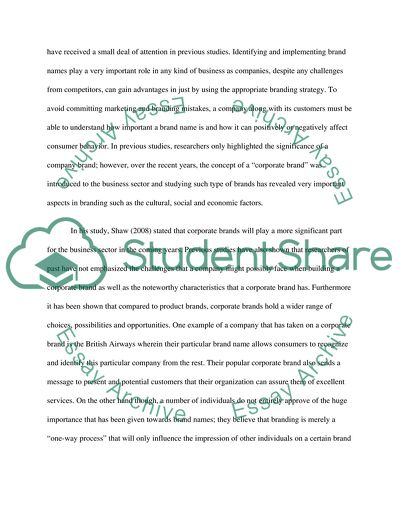Cite this document
(“The Impact of British Airways' Corporate Brand Name Essay”, n.d.)
Retrieved from https://studentshare.org/marketing/1562885-to-find-out-the-impact-of-british-airways-corporate-brand-name-on-consumers-buying-behaviour
Retrieved from https://studentshare.org/marketing/1562885-to-find-out-the-impact-of-british-airways-corporate-brand-name-on-consumers-buying-behaviour
(The Impact of British Airways' Corporate Brand Name Essay)
https://studentshare.org/marketing/1562885-to-find-out-the-impact-of-british-airways-corporate-brand-name-on-consumers-buying-behaviour.
https://studentshare.org/marketing/1562885-to-find-out-the-impact-of-british-airways-corporate-brand-name-on-consumers-buying-behaviour.
“The Impact of British Airways' Corporate Brand Name Essay”, n.d. https://studentshare.org/marketing/1562885-to-find-out-the-impact-of-british-airways-corporate-brand-name-on-consumers-buying-behaviour.


